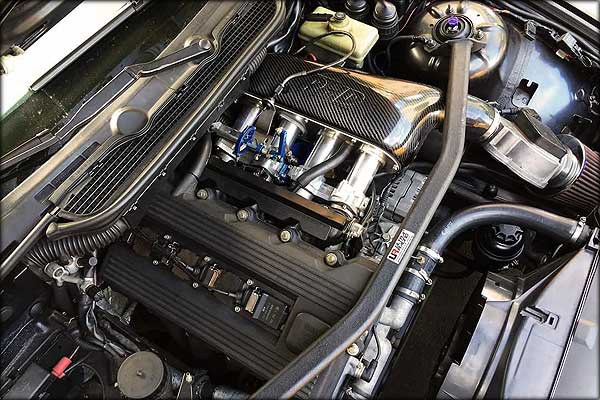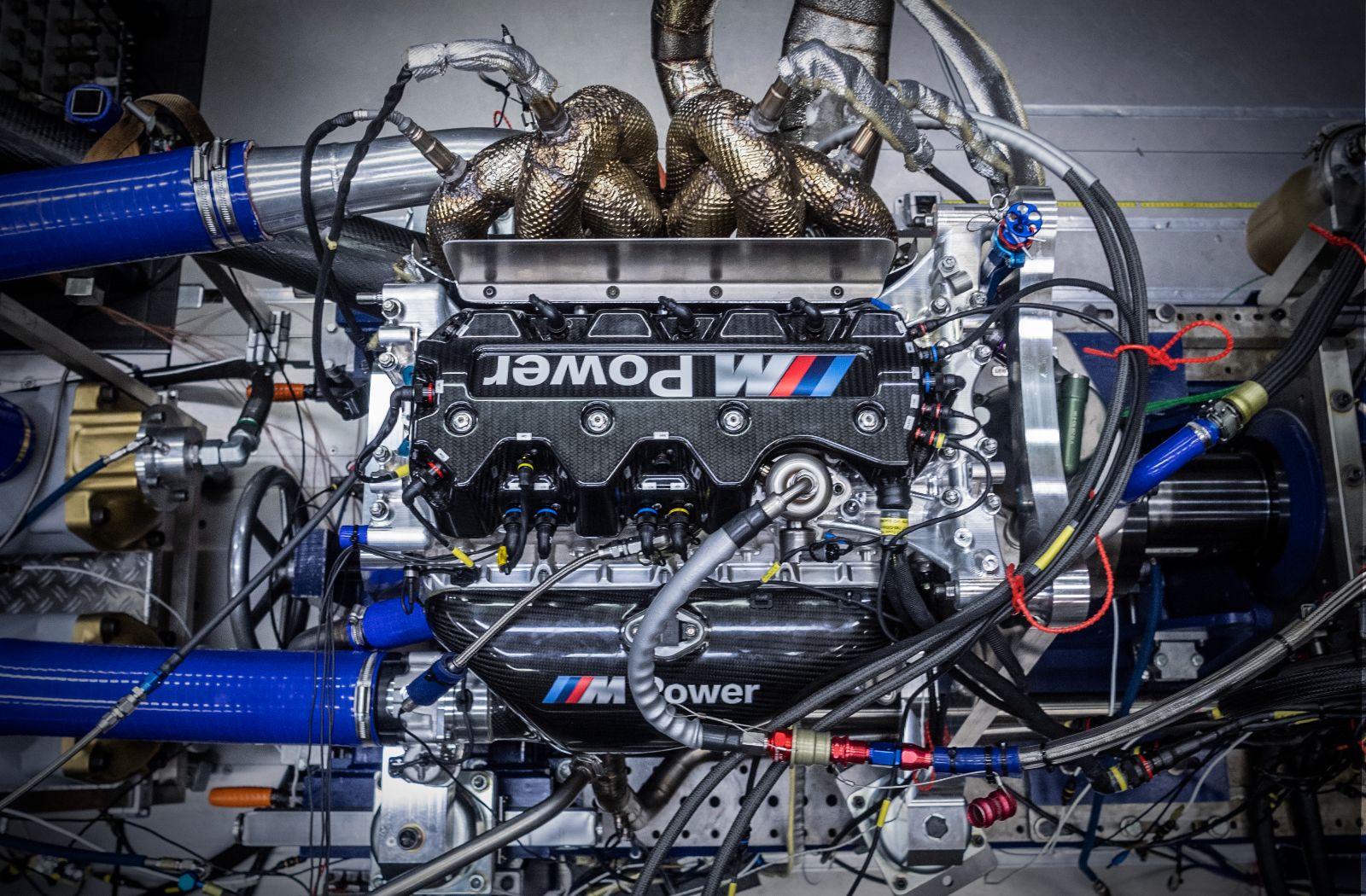A Comprehensive Guide to Understanding BMW Engine Specs
A Comprehensive Guide to Understanding BMW Engine Specs
Blog Article
Discovering the Advancement of Burning Engines in Modern Transport Equipments
As we browse the landscape of contemporary transportation, the advancement of burning engines stands as a testament to human resourcefulness and engineering prowess. The interaction of history, modern technology, and ecological concerns in forming the trajectory of combustion engines develops a story that is both compelling and informative.
Early Beginnings of Combustion Engines
Just how did the idea of burning engines very first emerge in the very early stages of transport advancement? When the principles of interior burning were very first discovered, the roots of burning engines can be traced back to the 17th century. In 1673, Christian Huygens conceived a basic inner combustion engine that made use of gunpowder to generate power. It wasn't till the late 19th century that useful applications of burning engines in transportation started to emerge.
The advancement minute came with the development of the very first successful gasoline-powered engine by Karl Benz in 1885 - bmw engine. This engine led the way for the growth of the modern auto, reinventing transport systems worldwide. Subsequent developments by Nikolaus Otto and Gottlieb Daimler further fine-tuned burning engine technology, leading to the mass manufacturing of automobiles and the fast development of the transportation market
These early combustion engines were defined by their simpleness and performance, laying the structure for the complex and effective engines made use of in modern-day transportation systems. The advancement of burning engines has been important fit the way we travel and carry products, marking a significant turning point in the history of transport advancement.
Shift to Internal Combustion Innovation
The shift to interior burning modern technology marked a critical shift in the evolution of transportation systems. This shift began in the late 19th century, with inventors like Nikolaus Otto and Gottlieb Daimler creating the very first successful inner burning engines. These engines reinvented transport by offering a more reliable and powerful alternative to vapor engines and electric motors.
Among the key benefits of internal burning engines was their ability to be reduced to fit into vehicles, causing the development of autos and motorbikes. This shift from large, fixed engines to small, mobile ones led the method for the modern-day transportation systems we see today.
The change to internal burning technology likewise stimulated improvements in fuel modern technology, resulting in the advancement of gasoline and diesel as main gas sources for automobiles. This change not only made transport extra easily accessible to the masses yet likewise laid the structure for the oil and gas sector to become important to international economic climates.
Influence of Combustion Engines on Transportation
The fostering of burning engines in transportation systems catalyzed an extensive change in the efficiency and speed of worldwide flexibility. Combustion engines transformed transport by giving a functional and dependable resource of power for numerous cars, consisting of cars, vehicles, airplanes, and ships. This development substantially boosted the ability for individuals and items to move over long distances in shorter timespan, resulting in boosted connection in between areas and nations.
Moreover, the extensive use of combustion engines has had a significant effect on economic development. The ability to carry products effectively has spurred profession and business, enabling services to broaden their markets and reach customers worldwide. This has actually promoted financial growth and globalization, as products can currently be moved much faster and in bigger quantities than ever before.
However, the ecological influence of burning engines can not be ignored. The combustion of fossil fuels has actually brought about air contamination and greenhouse gas discharges, adding to environment adjustment and positioning health risks to populaces. bmw engine. Therefore, there is a growing focus on establishing alternative propulsion modern technologies to alleviate these unfavorable results and produce an extra sustainable future for transport
Developments in Combustion Engine Layout
Numerous advancements in combustion engine layout have actually propelled the visit homepage evolution of transportation systems over the years. One noteworthy technology is the growth of turbocharged engines, which utilize exhaust gases to drive a turbine that compresses incoming air, permitting for more fuel to be burned, causing boosted power output without a considerable increase in engine dimension. Additionally, direct shot technology has actually boosted fuel effectiveness and efficiency by precisely managing the quantity and timing of fuel injected right into the burning chamber. Variable valve timing systems have actually additionally transformed engine style by maximizing airflow at different engine rates, boosting both power and efficiency. One more substantial advancement is the integration of lightweight products such as carbon fiber and light weight aluminum alloys, reducing overall engine weight and enhancing automobile gas economy. Developments in computer-aided style have actually allowed designers to optimize engine efficiency and performance via simulations prior to physical models are constructed, conserving time and sources in the growth procedure. These advancements jointly contribute to the constant enhancement of combustion engines in modern transportation systems.
Future Fads in Combustion Engine Development
With innovation advancements click here to find out more driving constant innovation, the future of combustion engine growth is poised to reinvent transport systems internationally. One of the key patterns in burning engine advancement is the press in the direction of greater performance and lowered emissions.
An additional noticeable fad is the fostering of crossbreed innovations in combustion engines. Hybrid engines combine traditional burning modern technology with electric power, using enhanced fuel effectiveness and lower emissions. As the automobile industry changes towards electrification, crossbreed combustion engines are seen as a transitional service that bridges the space between traditional automobiles and fully electrical ones.
In addition, the combination of clever modern technologies, such as artificial knowledge and information analytics, is expected to play a substantial role in the future of combustion engine advancement. These technologies can enhance engine efficiency in real-time, leading to extra efficient combustion processes and enhanced general automobile efficiency. Accepting these future patterns will not only drive innovation in burning engine advancement but likewise add to a more environmentally pleasant and sustainable transportation community.

Verdict
In verdict, the development of combustion engines in modern-day transportation systems has been noted by considerable developments in technology and layout. From the early beginnings of burning engines to the transition to inner burning technology, these engines have actually had a profound influence on transport.
The roots of burning engines can be traced back to the 17th century when the concepts of interior burning were very first explored. These engines reinvented transportation by supplying a much more efficient and effective alternative to heavy steam engines and electric motors.

Report this page